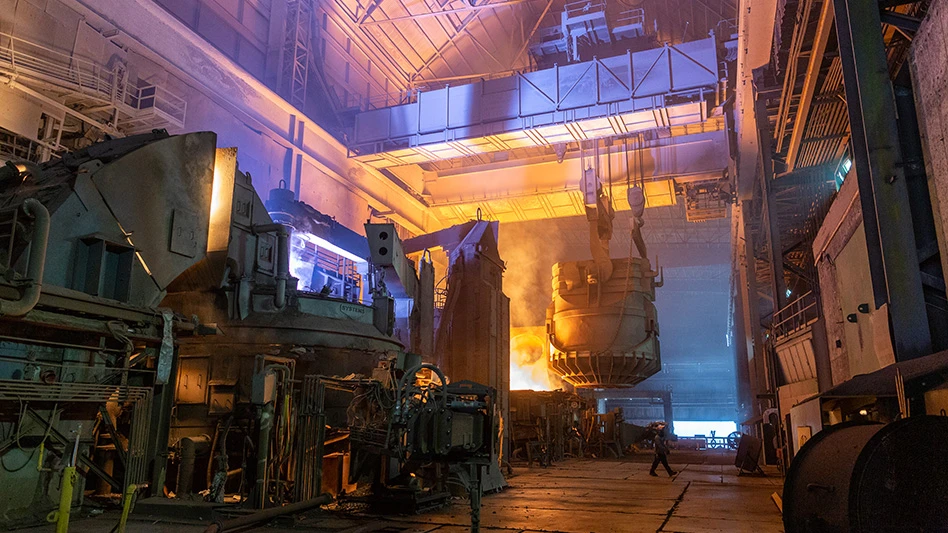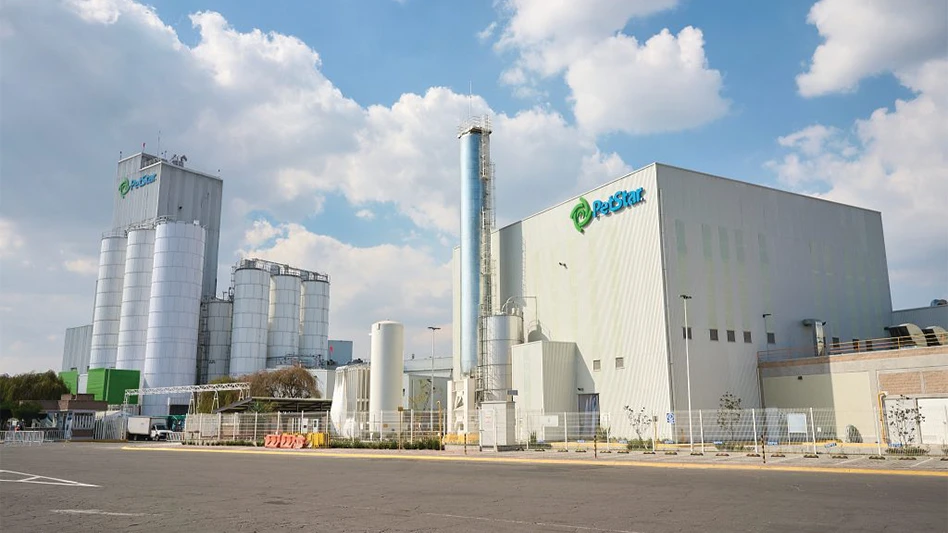
The World Steel Association (Worldsteel) has released its Short Range Outlook (SRO) for 2015 and 2016.
The Brussels-based organization forecasts that global steel demand will decrease by 1.7 percent to 1,513 million metric tons in 2015, following growth of 0.7 percent in 2014.
In 2016, Worldsteel forecasts that world steel demand will grow by 0.7 percent, reaching 1,523 million metric tons.
Commenting on the outlook, Hans Jürgen Kerkhoff, chairman of the Worldsteel Economics Committee, says, “It is clear that the steel industry has, for the time being, reached the end of a major growth cycle which was based on the rapid economic development of China. Combined with China’s slowdown, we also face low investment, financial market turbulence and geopolitical conflicts in many developing regions. The steel industry is now experiencing low-growth, which will last for the time it takes for other developing regions of sufficient size and strength to produce another major growth cycle.”
Kerkhoff says the organization expects conditions to moderate in 2016 based on a belief that the Chinese economy will stabilize.
“Of particular concern is the vulnerability of the emerging economies to external shocks though we are also expecting some, like India, to show resilience to the global slowdown. On a positive note, the recovery of steel demand in the developed economies, even though the momentum has weakened a little, remains on track,” Kerkhoff adds.
Worldsteel reports that the Chinese economy has decelerated as the impact of the rebalancing measures on the investment and real estate sector turned out to be more severe than expected. As a result, activities in the construction and manufacturing sectors have slowed considerably. China’s steel demand is expected to decrease by 3.5 percent in 2015 and by 2 percent in 2016, following its demand peak in 2013, the organization says. An increasing risk is associated with this economic slowdown and the consequent financial market volatility, which has become a global concern, worldsteel says.
The organization also reports that the performance of some key emerging and developing economies started to deteriorate in 2012 in light of internal structural issues, lower commodity prices associated with China’s economic slowdown and in some cases escalating political instability. For example, Russia and Brazil are experiencing severe contraction in steel demand, and geopolitical tensions and political instability in the Middle East, Africa and Ukraine continue to have a negative effect, according to Worldsteel.
On the other hand, steel demand in India and Mexico and other countries in the ASEAN (Association of Southeast Asian Nations) and MENA (Middle East and North Africa) regions is expected to maintain growth momentum despite the adverse external environment due to positive domestic demand and progress in reform.
Worldsteel forecasts that steel demand in the emerging and developing economies excluding China will, despite the major slowdown in some countries, grow by 1.7 percent in 2015 and 3.8 percent in 2016.
The organization also reports that steel demand in the US is expected to decline based on currency appreciation and a slowing energy sector. In the EU there is a broadening of the recovery momentum aided by low oil prices, low interest rates and a weak euro.
Developed Asian countries like Japan and Korea are expected to show negative growth due to adverse structural forces weighing on their economies.
In 2015, steel demand in developed economies is expected to contract by 2.1 percent, but positive growth of 1.8 percent is expected in 2016, worldsteel says.
The organization expects world steel demand excluding China to grow by 2.9 percent in 2016.
Latest from Recycling Today
- In memoriam: Benny McGill
- Autocar releases Smart Battery Cable to advance refuse truck fire safety
- PLASTICS launches Positives of Plastics website
- Impact Air Systems launches compact ZAC400
- PCA to shut down paper machines at Washington containerboard mill
- BMRA provides landfill guidance for UK shredder operators
- Fornnax high-capacity tire recycling plant
- EU introduces measures to secure raw materials, strengthen economic security





